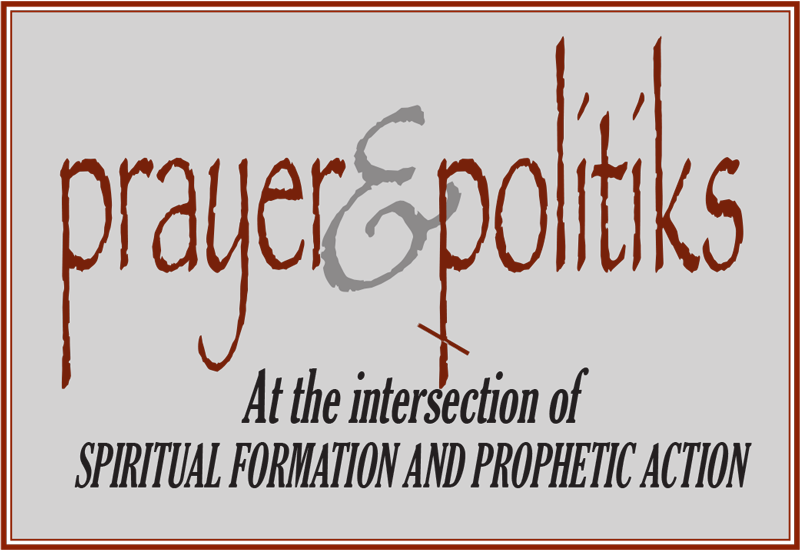Here is an excellent compilation of 25 essays dealing with social justice issues as they are dealt with by biblical writers and by current activists. ‘The bible is a record of displaced and dispossessed people who have found a communal identity…. It provides an important perspective for reflecting on responsibilities toward refugees…. The bible is a book by and for refugees…. First century Christianity in Asia Minor, as reflected in 1 Peter, faced the same issues as did the church in Central America in recent years’ (p 198,199).
The book has well defined subject matter: chs 1-10, the Hebrew bible; 11-19, Jesus and the gospels; 20-25, the Epistles. I found the last section the most moving as the writers dealt with issues of sanctuary: the church as counter-cultural, the biblical emphasis on hospitality, and a powerful poem reflecting on Vancouver’s east side street life of the homeless.
The fiery trial (1 Peter 4:12) is not so much a case of persecution by outsiders but of collusion with the enemy, capitulation to consumerism, the profit motive, conformity to values diametrically opposed to a gospel celebrating G-d’s favour toward the poor. The ‘Christian nations make and sell the bombs, train the torturers, create and refuse the refugees’ (p 210). A powerful section deals with 17 political dimensions that appeared in the Galilee of Jesus’ day and contemporary forms (‘top down social organizations and control’, p 149-151).
Read more ›

